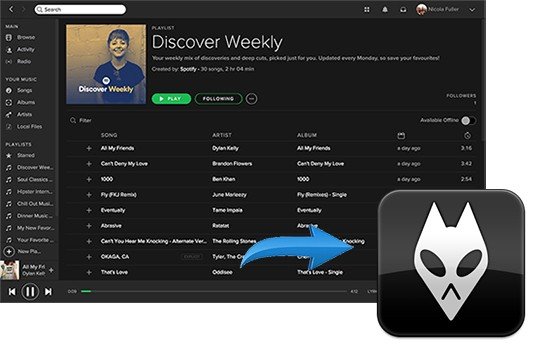

The de-emphasis circuit was implemented in the analog domain using the least expensive circuit to perform the operation. The digital part and the conversion to analog were basically the same in all of the machines. This emphasis feature was the biggest reason why different CD players sounded different when playing back the same CD, or DAT machines differed playing back the same DAT tape.

If the digital signal contains emphasis and the flag is missing or turned off, then the roll-off does not occur and the audio will be brighter than normal. All CD players, DVD players, and DAT machines detect this flag and turn on a high frequency roll-off in the analog domain during playback. A flag was set in the digital bit-stream, which automatically activated de-emphasis during playback. This process was optional and there was a switch to select emphasis on each track during record. Manufacturers overcame this byproduct by boosting (emphasis) the high frequencies during the conversion from analog to digital, and then rolling off (de-emphasis) the high frequencies by the same amount after the conversion back from digital to analog. This process added some high frequency broadband noise to the digital signal. The entire sampling process was new, and A to D converters exhibited low level noise because of bad linearity in the conversion process. The pre-emphasis is described as a first-order filter with a gain of 10 dB (at 20 dB/decade) and time constants 50 μs and 15 μs ~ (telecommunications)#Red_Book_AudioĮmphasis came about because of early converter design. After production spec was set at 16 bits, quantization noise became less of a concern, but emphasis remained an option through standards revisions. As CDs were intended to work on 14-bit audio, a specification for ‘pre-emphasis’ was included to compensate for quantization noise. Save into the same folder as your music files.Although rarely used, there exists the capability for standardized emphasis in Red Book CD mastering. You will not be prompted where to save the CUE file. Make sure to select "Add to Write queue when Done." Then click OK. Do not set a PreGap if your songs are support to run seamlessly into each other, as is the case with many Dance or Hip Hop albums. This is here only for your own convenience. A PreGap is a short seconds-long delay before a track starts to play. One last thing you can set here is the PreGap of each track. If you click "Disc" at the top of the file list, then you can fill in the Artist as "Performer" and the name of the album as "Title." CD TEXT is not necessary and won't affect audio playback at all. Now you just select a track above in the list and you can fill in information on the artist and song name. If you don't have tags and the filenames aren't specific enough, then you can select Custom. If you choose File Name, then ImgBurn will fill in information based on the file name. information) already embedded, then you can change CD TEXT to Tag and it will retrieve them automatically. Now, if you have MP3 files that have tags (album, song, producer etc. NOTE: You may need to scroll to the right to see the actual filenames, and might need to expand the Description category just above the file list so you can see the file path properly. You can do this by using the blue direction keys to the right of the file list.

Now that you have a list of songs, make sure that the are in the right order that you want them to be on the CD.


 0 kommentar(er)
0 kommentar(er)
